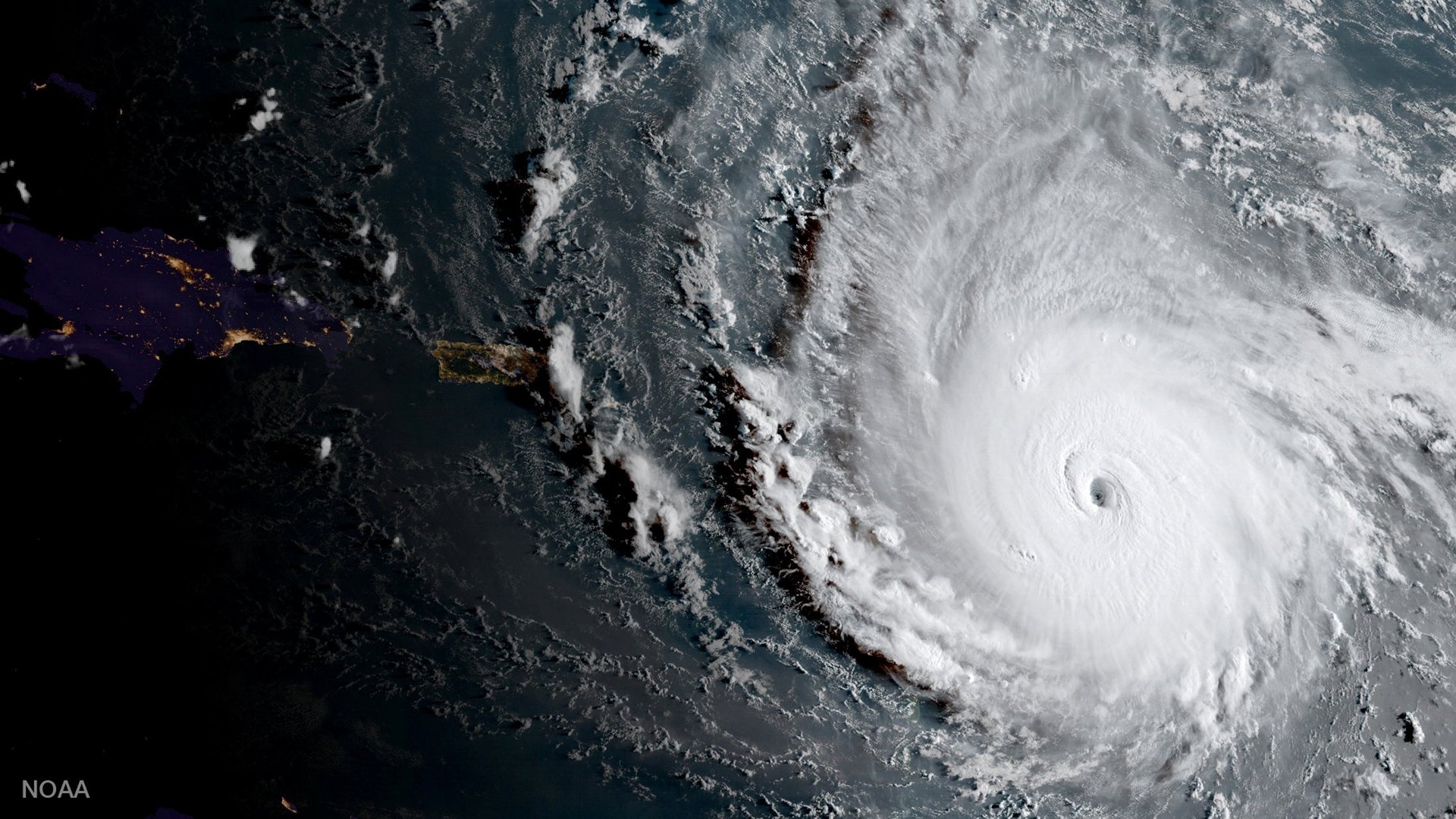Hurricane Irma is now the strongest hurricane ever recorded in the Atlantic
Hurricane Irma has already reached the Caribbean, and will possibly hit Florida by the end of the week.


Hurricane Irma has already reached the Caribbean, and will possibly hit Florida by the end of the week.
The storm grew fast and furiously. In two days, its wind speeds picked up from 115 miles per hour (185 kilometers per hour) to over 185 mph.
To measure the strength of a storm, scientists consider a number of different factors. First, there’s windspeed. The Saffir-Simpson Hurricane Wind Scale predicts how much damage a storm will do to property, and gives storms their category levels. A category-five storm, like Irma, has winds over 155 mph and is classified as a major hurricane where “catastrophic damage will occur.”
However, it’s easier to measure (pdf) the minimum central pressure of a storm, rather than its wind speeds. At sea level, we usually feel a steady air pressure of 1,013 millibars (mb), or one atmosphere. Hurricanes get their strong winds from varying levels of air pressure. Spots of low-pressure air close to the surface of the ocean are quickly replaced with air that has a much higher pressure. The strongest storms have the lowest minimum central air pressure, and therefore the fastest winds that whoosh in beneath them (the spiral shape of the winds is caused by the Earth’s rotation.)
The US National Hurricane Center calculates the intensity of storms based on the minimum central air pressure, and has kept records from 1851 (pdf) until 2016. Here are the most intense storms ever in the Atlantic region, based on minimum central air pressure. (The first two storms on the list were recorded in the Bahamas and the Gulf of Mexico; Irma has the lowest minimum air pressure of any storm recorded in the Atlantic itself.)
In addition to windspeed and minimal central air pressure, meteorologists also take into consideration how quickly storms develop. The National Oceanic and Atmospheric Administration measures this kind of intensity through Accumulated Cyclone Energy (ACE). The calculation is based on sustained wind speeds measured every six hours, and accounts for how long the storm lasts. One ACE is equal to 10,000 nautical miles (roughly 11,500 miles) squared.
According to Phil Klotzbach, an atmospheric scientist at Colorado State University’s, Irma has developed the highest ACE of any Atlantic storm (pdf). It also has generated more ACE than the eight other storms that have been named on the Atlantic this year (that’s Arlene, Bret, Cindy, Don, Emily, Franklin, Gert, and Harvey). The hurricane center hasn’t released full data reports on these storms yet.
Correction: Originally this post stated that the National Hurricane Center has been keeping records of hurricanes since 1861; they have been keeping them since 1851.